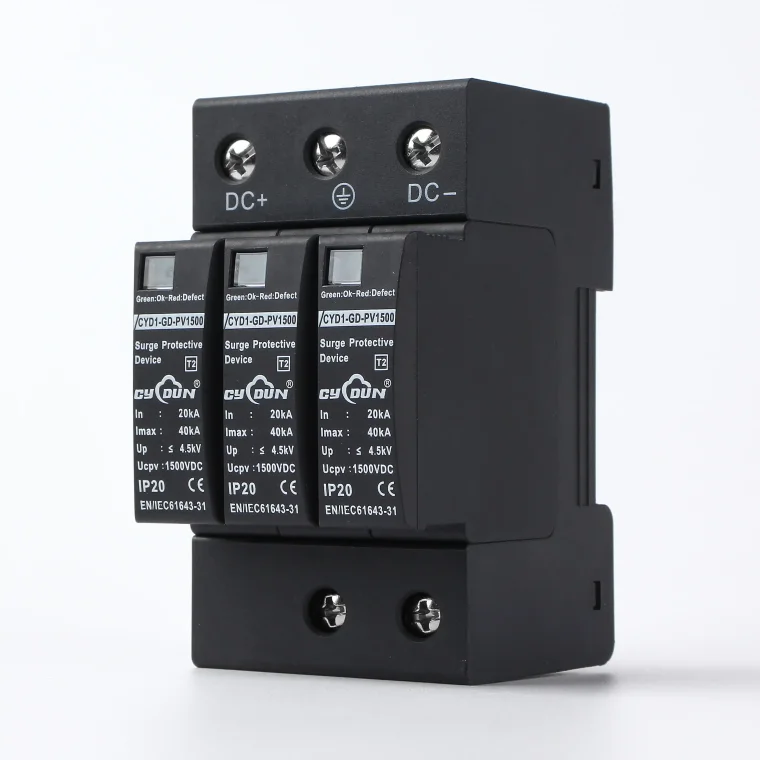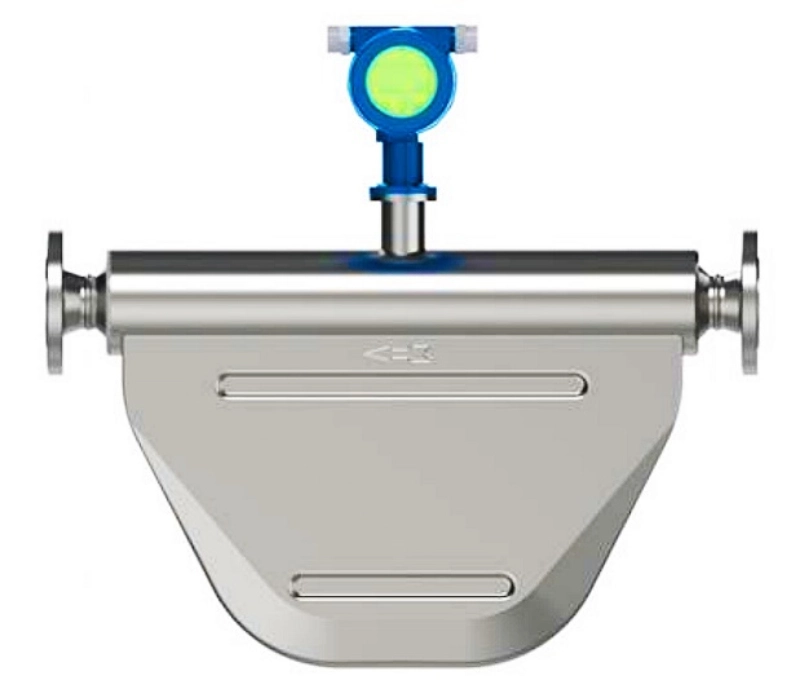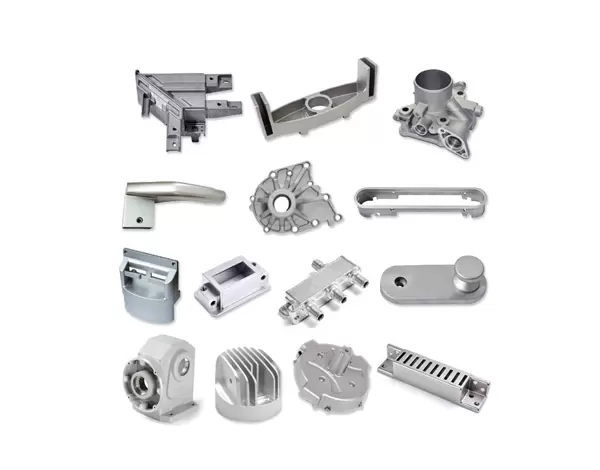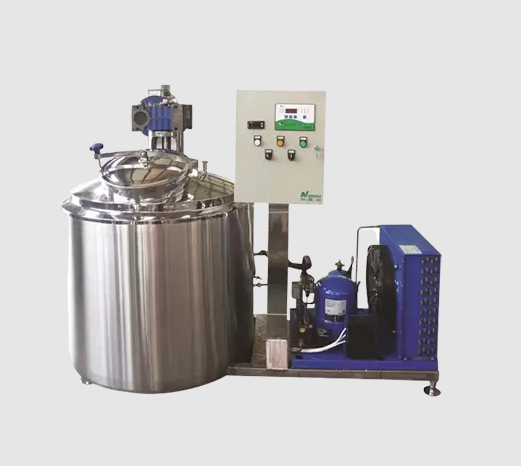In the realm of electronics, power resistors play a pivotal role by converting electrical energy into heat, thereby controlling and regulating current flow in circuits. Their reliability and performance are critical, especially in applications ranging from automotive systems to industrial automation and telecommunications. This underscores the importance of rigorous testing to ensure that power resistors meet specifications and operate safely under various conditions. In this comprehensive guide, we'll delve into the multi-faceted approach of how to test a power resistor, integrating both theoretical insights and practical techniques tailored to fit the demands of modern engineering.
Understanding the Basics
Before diving into the testing procedures, let's establish a foundational understanding. Power resistors are designed to withstand high levels of power dissipation without failing. Their ratings, typically specified in watts, indicate the maximum power they can handle continuously without overheating. Key parameters to consider include resistance value, tolerance, power rating, and temperature coefficient.
- Visual Inspection and Label Verification
The journey begins with a meticulous visual inspection. Check for any signs of physical damage, such as cracks, burns, or discoloration, which could indicate prior overheating or manufacturing defects. Verify the resistor's label against its datasheet for accuracy in resistance value, power rating, and tolerance. This basic step often uncovers discrepancies that can save time and resources down the line.
- Ohmmeter Measurement
Using a digital ohmmeter, measure the resistance of the power resistor at room temperature. Ensure that the meter is set to the appropriate range to avoid damaging the resistor or obtaining inaccurate readings. Compare the measured value against the manufacturer's specification. Note that resistance may vary slightly due to temperature changes; hence, this test provides a baseline rather than a definitive pass/fail criterion.
- Power Dissipation Test
This is where the rubber meets the road. To assess a power resistor's ability to handle its rated power, a controlled power dissipation test is essential. Connect the resistor to a variable power supply, gradually increasing the power level while monitoring temperature rise using a thermocouple or infrared thermometer. The goal is to observe how close the resistor gets to its maximum operating temperature without exceeding safe limits.
- Temperature Rise Calculation: Calculate the temperature rise above ambient using the formula: ΔT = Tfinal - Tambient. Compare this to the maximum allowable temperature rise specified by the manufacturer.
- Thermal Stability: Monitor the resistor's resistance over time during the test to check for thermal drift, which indicates changes in resistance due to temperature variations.
- Long-Term Stability Test
While short-term tests provide immediate insights, long-term stability testing under continuous power dissipation is crucial for assessing lifespan and reliability. This test simulates real-world conditions over extended periods, typically hours to days, monitoring for any degradation in performance. Look out for gradual increases in resistance or unexpected temperature spikes that could预示着 impending failure.
- Environmental Stress Testing
To ensure robustness across diverse environments, subject the power resistor to environmental stress testing. This includes:
- Temperature Cycling: Expose the resistor to extreme temperature cycles to simulate seasonal variations or harsh industrial settings.
- Humidity Testing: Assess performance in high humidity environments to check for corrosion or moisture-induced failures.
- Vibration and Shock Testing: Evaluate the resistor's ability to withstand mechanical stresses common in transportation or mobile applications.
- Safety and Compliance Checks
Finally, ensure that the power resistor complies with relevant safety standards and regulations, such as UL, CSA, or IEC. This may involve additional testing for insulation resistance, dielectric strength, and flame retardancy. Compliance certificates and detailed test reports are invaluable for satisfying regulatory requirements and gaining customer trust.
Conclusion: The Art of Balancing Precision and Practicality
Testing power resistors is both an art and a science, requiring a delicate balance between meticulous precision and practicality. By following a structured approach that integrates visual inspection, electrical measurements, power dissipation tests, long-term stability assessments, environmental stress testing, and safety compliance checks, engineers can ensure that their power resistors meet the rigorous demands of modern electronics. Remember, the ultimate goal is not just to pass tests but to deliver reliable, safe, and efficient components that enhance overall system performance.








+ There are no comments
Add yours